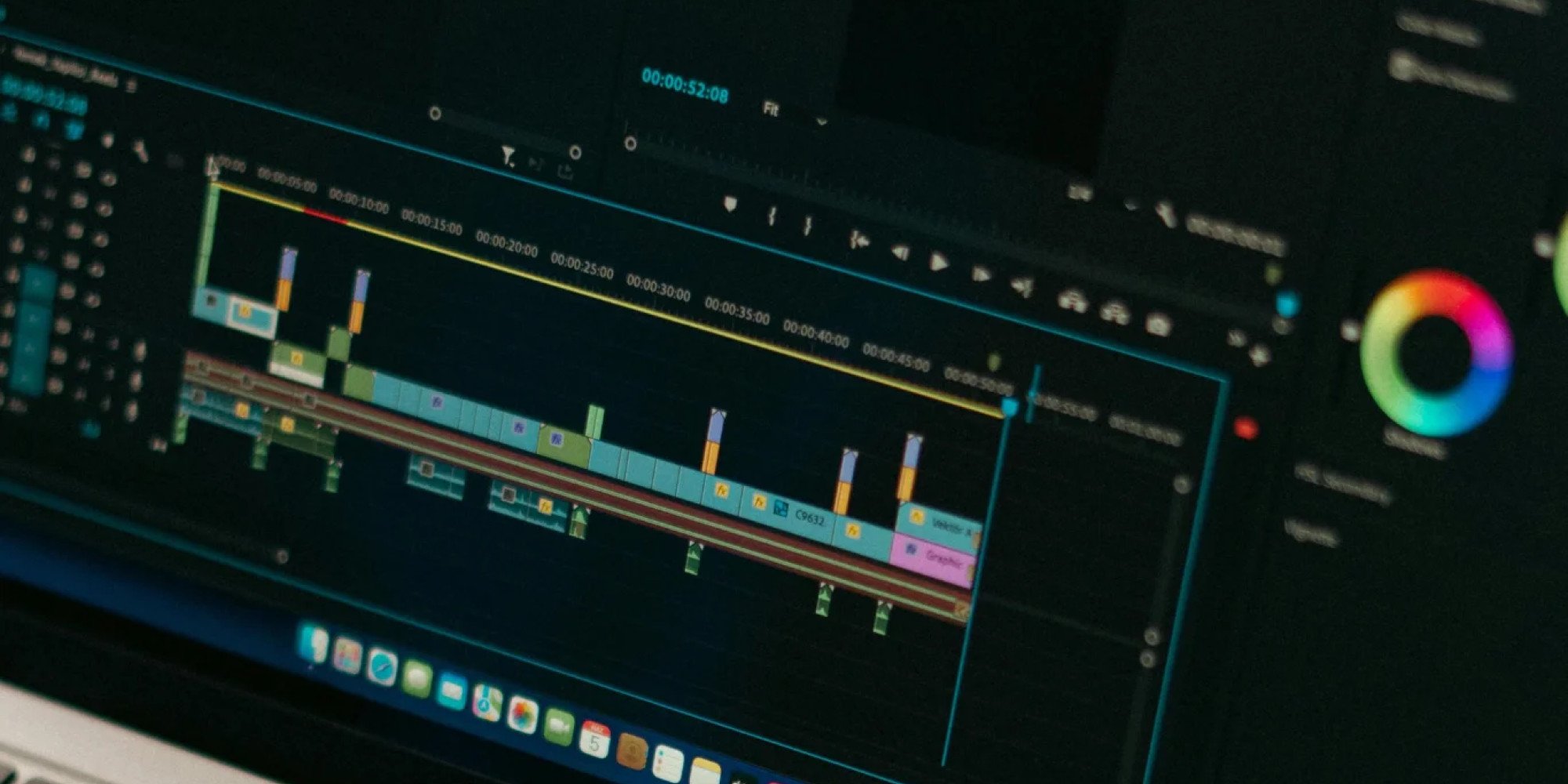- Cora Music /
- Blog
- /
- Editing Your Video 101: Essential Techniques for a Professional Finish

In the world of video creation, editing is where the magic happens. It’s the stage where your footage is transformed into polished, professional content. Whether you're a videographer or an content creator, mastering the basics of video editing can significantly lift your work. Here’s a guide to video editing techniques that will help you achieve that perfect professional finish.
1. Start with a Plan
Before diving into editing, it’s important to have a plan. This involves understanding the purpose of your video, your target audience, and the key message you want to share wit your viewers. A well-thought-out storyboard can serve as a roadmap, guiding you through the editing process and make you stay on track with this.
2. Organize Your Footage
Effective video editing starts with organizing your footage. Make sure you label your clips, arrange them in chronological order, and create separate folders for different types of content (e.g., B-roll, interviews, background music). This organizational step can save you a lot of time and headaches during the editing process. We know this take some time but it will be worth it!
3. Choose the Right Software
Selecting the right video editing software is essential. There are numerous options available, ranging from beginner-friendly to professional-grade tools. Some popular choices include:
- Adobe Premiere Pro: Ideal for advanced users, offering a wide range of features and flexibility.
- Final Cut Pro: A favorite among Mac users, known for its powerful tools and intuitive interface.
- iMovie: Great for beginners, providing basic editing tools that are easy to use.
- DaVinci Resolve: Offers both basic and advanced features, suitable for all levels.
4. Trim and Cut
One of the most fundamental techniques in video editing is trimming and cutting your footage. This involves removing unnecessary parts, focusing on the most compelling moments, and ensuring a smooth flow of scenes. Go for a concise and engaging video that holds your audience’s attention from start to finish.
5. Add Transitions
Transitions can help your video flow smoothly from one scene to the next. However, it's important to use them sparingly and purposefully. Common transitions include:
- Cuts: The most basic and widely used transition.
- Fade In/Out: Gradually brings in or out a scene, often used at the beginning or end of a video.
- Dissolves: Smoothly blends one scene into another, ideal for montages or indicating the passage of time.
6. Incorporate Music and Sound Effects
Audio plays a big role in enhancing the emotional impact of your video. Background music can set the tone, while sound effects can add realism and depth. Make sure to choose music and sounds that complement your video's theme and mood. Always ensure you have the right licenses for any audio you use. At Cora Music, we have thousands of pre-licensed songs ready for you to use. Check it out here!
7. Apply Color Correction and Grading
Color correction and grading get your video that professional look. Color correction involves adjusting the footage to achieve a natural and consistent color balance. Color grading, on the other hand, is about creating a specific mood or style through color. Tools like Adobe Premiere Pro and DaVinci Resolve offer advanced color correction and grading features.
8. Add Text and Graphics
Text and graphics provides additional information and context to your video. This includes titles, subtitles, lower thirds, and callouts. Adding text not only makes the video accessible to everyone but also attracts viewers who have their devices on silent, encouraging them to watch the entire video. Use fonts thats easy to read and keep the text concise. Graphics should be visually appealing but not distracting.

9. Use Effects, But not to much
While effects can make your video more engaging, it’s important not to overdo them. Subtle use of effects like slow motion, time-lapse, and stabilization can enhance your video without overwhelming the viewer. Remember, the goal is to complement your content, not overshadow it.
10. Export in the Right Format
Finally, ensure your video is exported in the right format and resolution for its intended platform. Different platforms have different requirements, so check the specifications for YouTube, Vimeo, Instagram, or any other platform you plan to use.
Mastering these essential video editing techniques will help you create professional, polished videos that captivate your audience. Remember, practice makes perfect. The more you edit, the better and more efficient the process will become.
Happy editing! 🎬